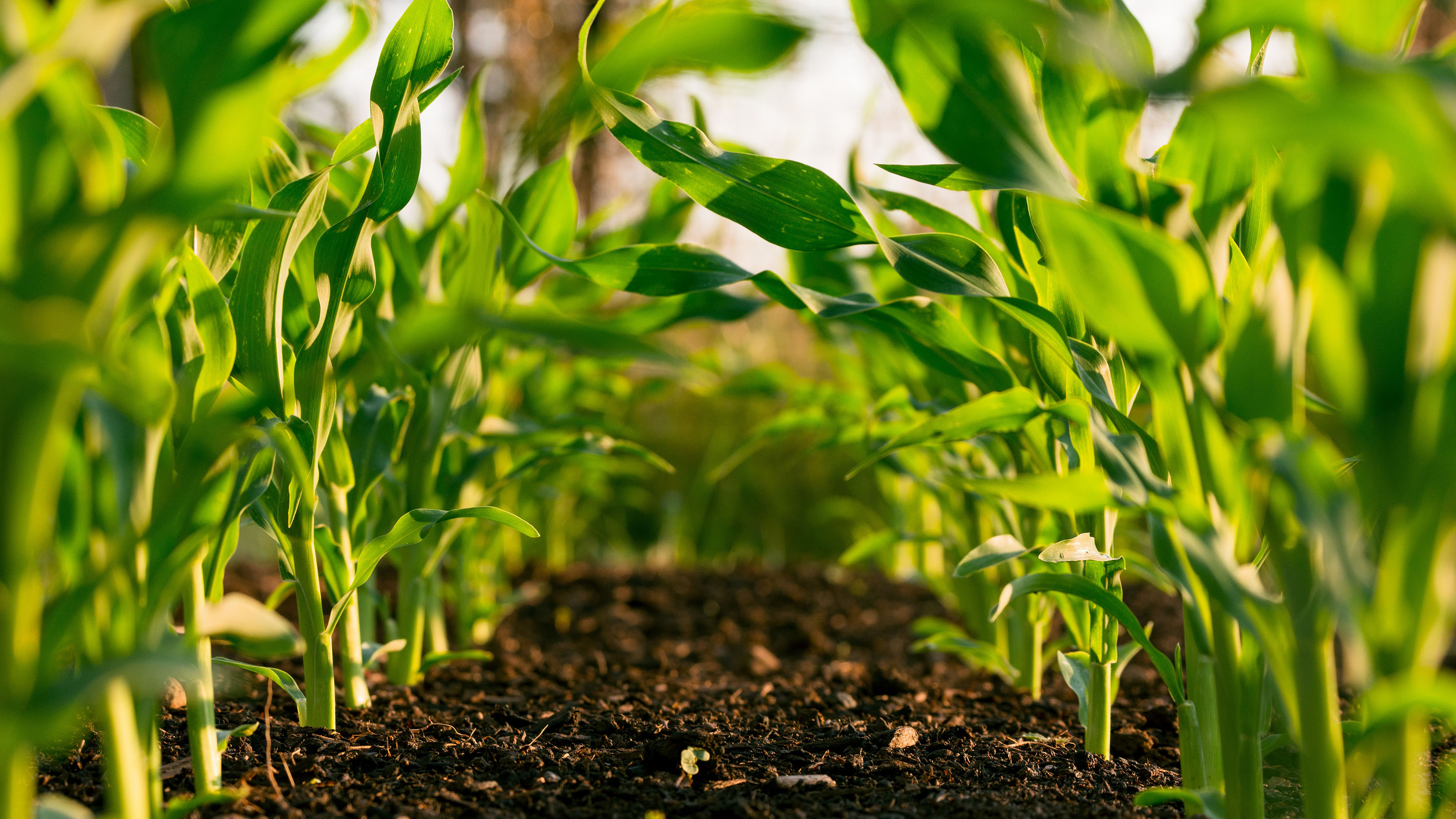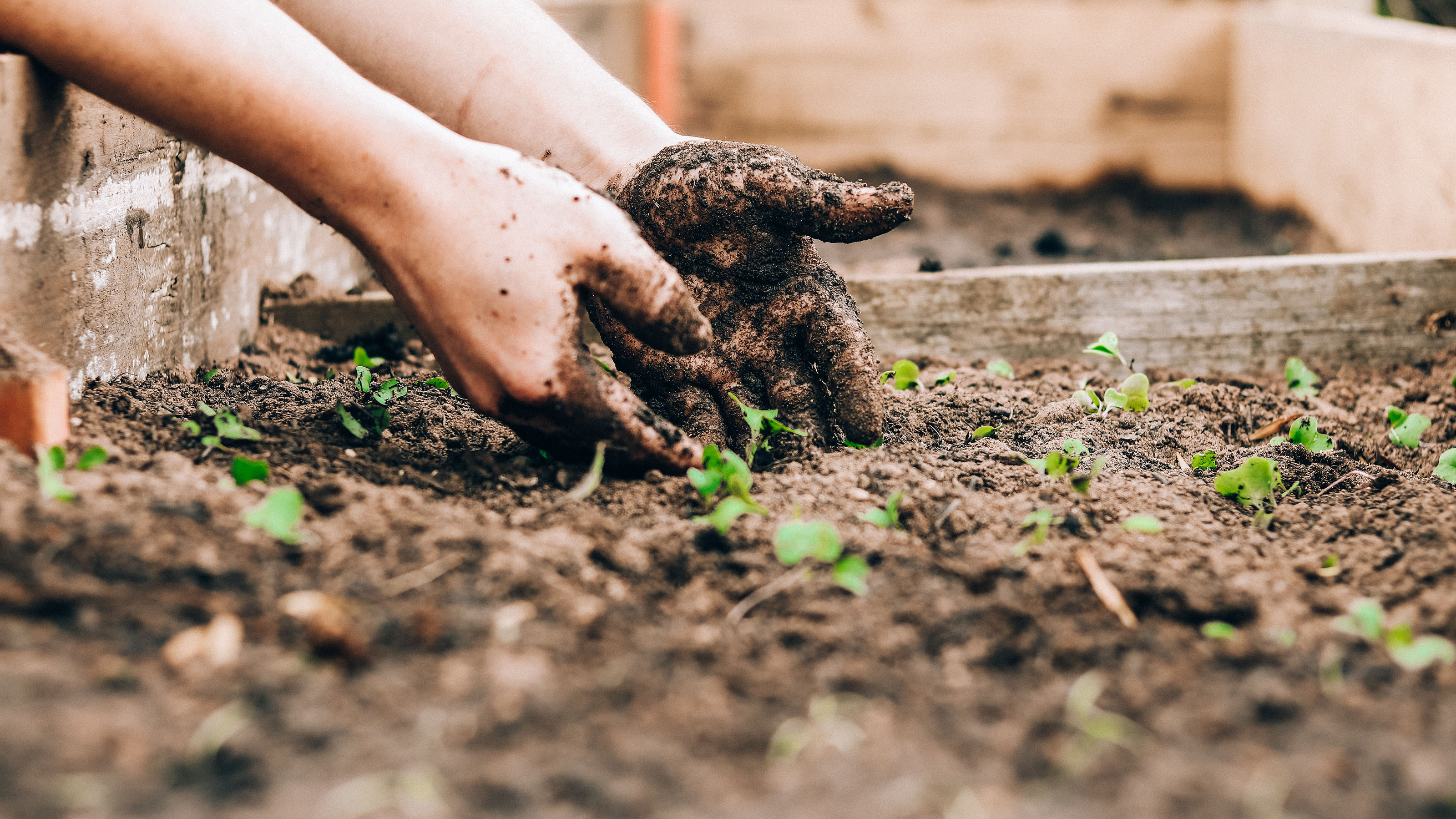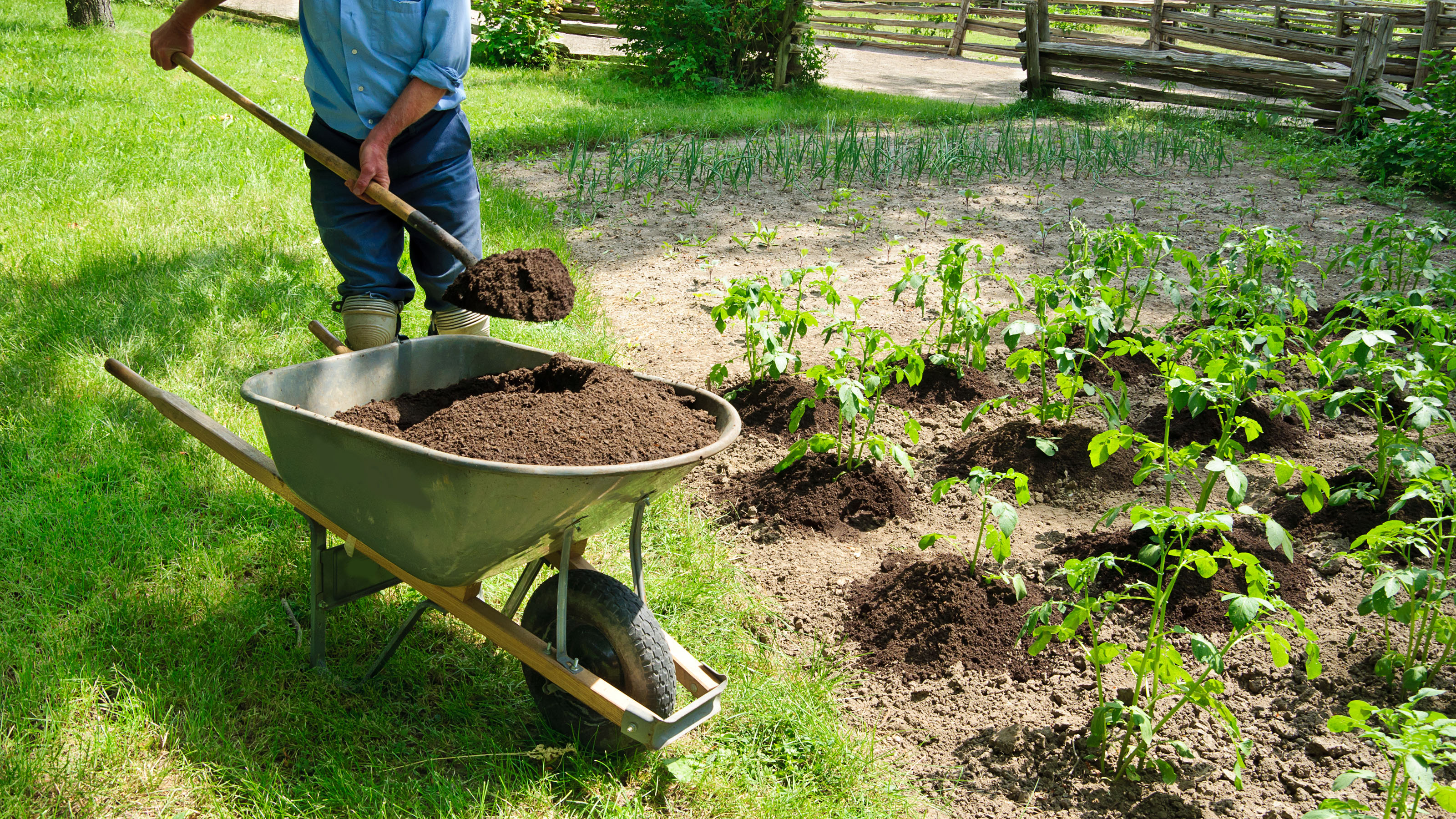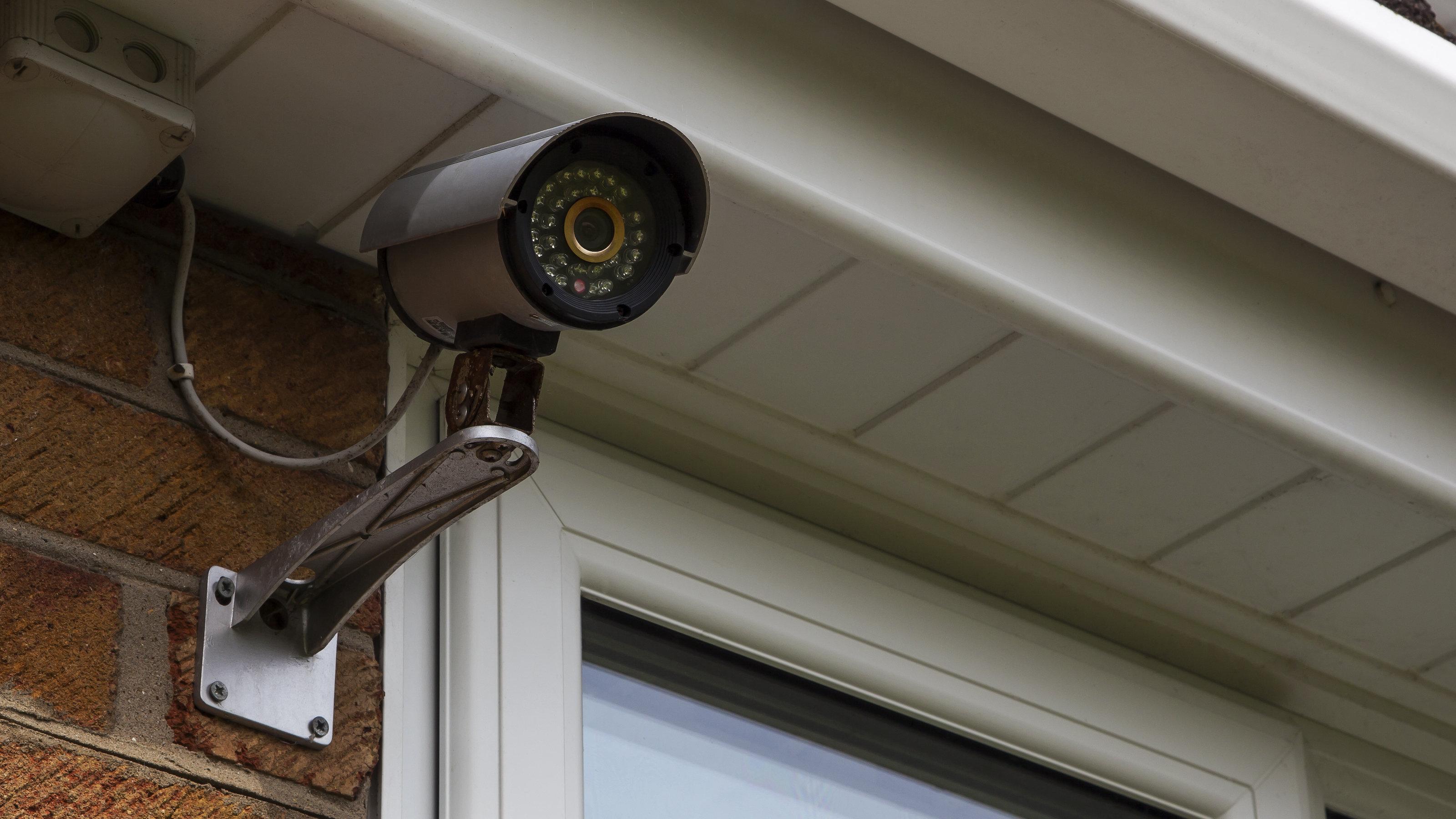How Much Topsoil Do I Need For My Garden Project?
Calculating how much topsoil do I need can be a tricky process — here’s how to ensure you buy the right amount for your garden

Working out how much topsoil do I need for a garden can be tricky, but it is important to get right to save you hassle and money.
Topsoil has a variety of uses in gardening and landscaping. It provides a stable base for laying turf or sowing grass seed, and because it’s high in nutrients and organic matter it can help plants flourish and grow.
Topsoil is therefore an essential element of your garden design if you’re laying a new lawn, or creating raised beds for growing plants where the natural soil is non-existent or of poor quality.
Topsoil can be purchased in bulk from garden centres and DIY stores, but before you buy it’s better to calculate how much you’ll need so you don’t buy too little, or too much.
We get the lowdown from gardening experts on how to calculate your topsoil requirements, and offer their advice to ensure you buy the right type for your garden task.
Calculating How Much Topsoil Do I Need
The easiest way to work out how much topsoil you need is to multiply the length and width of your plot by the depth of topsoil you require.
To start, measure the dimensions of the area you want to cover in metres. Do this by measuring the length and width and then multiplying these figures together — length x width. This will give you a value in cubic metres. For example, 5m long x 5m wide x 0.1m deep (10 centimetres) = 2.5m³.
Because topsoil is most often sold by the metric tonne (1000kg), Jack Sutcliffe, co-founder at Power Sheds, has this advice for converting: “The most widely used and accepted way of turning this into tonnes is multiplying by 1.5. In this case, for a value of 2.5m³ you would need 3.75 tonnes.”

What Are the Recommended Depths of Topsoil?
Topsoil varies in depth increments from very shallow (0-25cm) to very deep (150cm+), and a number of factors will influence the recommended depth of imported topsoil.
These include existing soil and its quality: for example, if your existing soil is of good quality you may only need a shallow layer of topsoil to bring the depth up to a level surface. But with poor-quality soil, you may be better off importing the full recommended depth of topsoil.
Another key consideration is what you’re going to use the area for, such as creating lawns, general gardening or vegetable growing.
Topsoil for turf or creating lawns only needs to be in the very shallow category, around 10cm, with Westland Top Soil a popular product for this.
But for general gardening or vegetable growing, John Dempsey, gardening expert from Housetastic, has this advice: “I’d recommend a layer of around 3-4 inches (approximately 100mm) of topsoil for general gardening and vegetable growing.
“If the soil is particularly dry or lacking nutrients, then I’d recommend around 5-8 inches (127 – 200mm), to help enrich the soil and increase fertility and growth.”
Which Is the Best Type of Topsoil?
Topsoil is available in three different grades: economy, general and premium, and working out which one best suits your needs is important.
- Economy is ideal for developing turf and levelling your garden
- General purpose is sterilised and screened, and therefore higher quality, which is ideal for most garden projects, from garden beds to laying a new lawn
- Premium is the best quality-grade topsoil, making it perfect for growing vegetables and encouraging young or damaged lawns to grow.
“If you are looking to grow plants or vegetables, a number of varieties of topsoil can be used, but you should check which vegetables are suitable for growing in each type of topsoil before investing,” adds Sutcliffe.

What Are the Best Weather Conditions to Lay Topsoil?
Spring and autumn are the best times to lay topsoil. This is because the ground is warm and rain is typically more frequent, so you’ll likely see better, faster results.
However you can still lay topsoil during winter, which will help to give your soil a head start when it gets to spring. Just make sure the ground is frost-free.
"Using topsoil during colder months helps keep your garden alive and healthy, as this is usually when your garden tends to become neglected," says Dempsey.
How Is Topsoil Different From Garden Soil?
Topsoil refers to the uppermost layer of soil on the surface of the earth. While its textures vary, it is generally a combination of sand, silt and clay, and can be used for a variety of low maintenance garden ideas.
Garden soil, meanwhile, incorporates a mixture of soils and textures that targets a particular type of garden or plant, such as herb gardens.
“Do your research on what soil you need for your garden, as it isn’t a one-size-fits-all approach,” says Sutcliffe.
“You need to have in mind the purpose of your topsoil and pick a variety (from sandy, clay, silty, chalky and loamy) and depth that suits the plants or vegetables that you intend to grow or the type of turf you intend to lay."
Get the Homebuilding & Renovating Newsletter
Bring your dream home to life with expert advice, how to guides and design inspiration. Sign up for our newsletter and get two free tickets to a Homebuilding & Renovating Show near you.
Jack has worked in journalism for over a decade and was the former News Editor of Homebuilding & Renovating between 2019 until 2023. In his time as News Editor he broke the most relevant and beneficial stories for self builders, extenders and renovators, including the latest news on the construction materials shortage, planning permission and green initiatives. In 2021 he appeared on BBC's The World at One to discuss the government's planning reforms.
He enjoys testing new tools and gadgets, and having bought his first home in 2013, he has renovated every room and recently finished a garden renovation.

